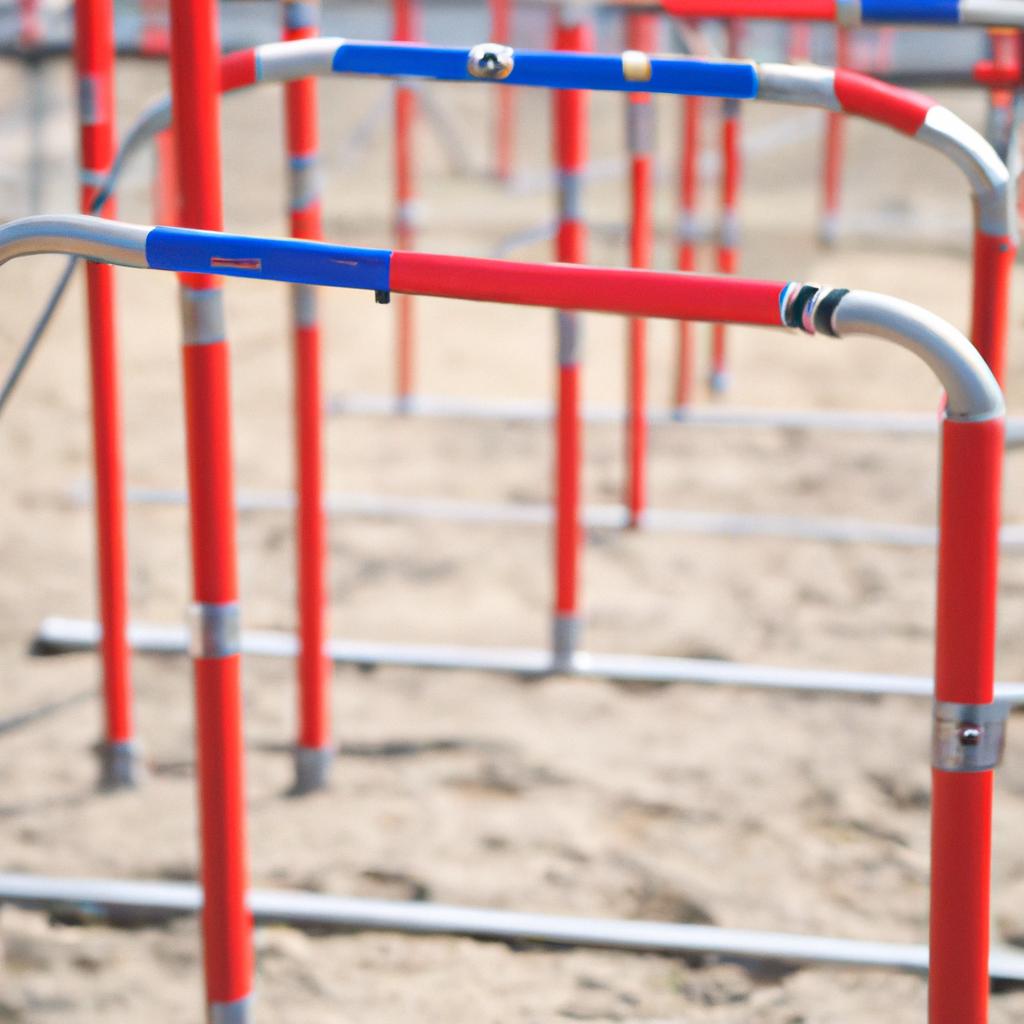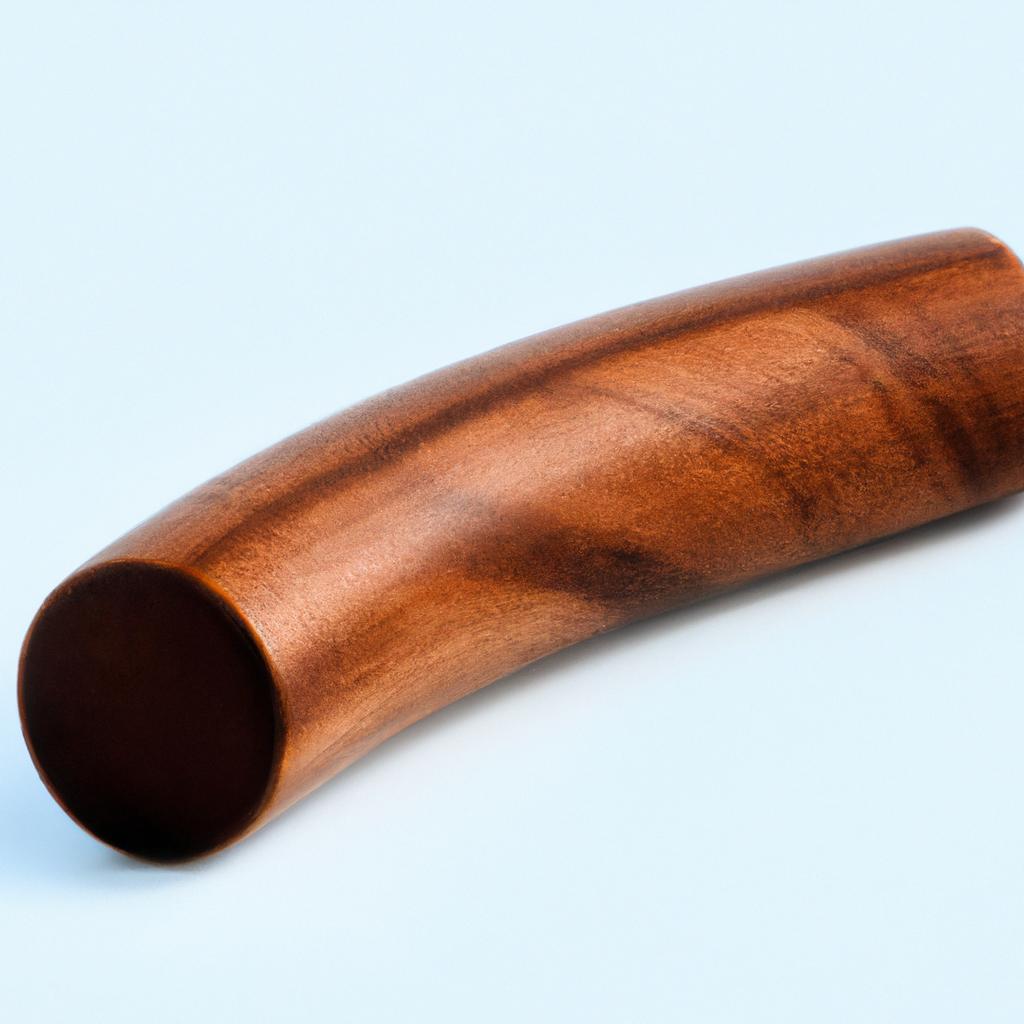Periodization Strategies for Kettlebell Circuit Training: How to Progress and Avoid Plateaus
Periodization Strategies for Kettlebell Circuit Training: How to Progress and Avoid Plateaus
Kettlebell circuit training builds strength and endurance effectively. However, lifters often face plateaus that hinder progress. To overcome these challenges, implement effective periodization strategies. These strategies help you progress and keep workouts engaging. This article explores structuring kettlebell routines, optimizing nutrition, and enjoying kettlebell training’s health benefits.
Understanding Periodization
Periodization systematically varies intensity and volume over time. This approach prevents plateaus and promotes continuous progress. Cycle through different phases to challenge your body. This ensures your workouts remain effective and stimulating.
Macro, Meso, and Microcycles
Periodization consists of three main cycles: macrocycles, mesocycles, and microcycles.
– **Macrocycle**: This long-term plan spans several months and outlines overall goals. For example, aim to increase strength or improve endurance over six months to a year.
– **Mesocycle**: Each mesocycle lasts several weeks, focusing on specific goals within the macrocycle. Dedicate four weeks to build strength with heavier weights and lower repetitions, followed by four weeks of higher repetitions with moderate weights to improve endurance.
– **Microcycle**: This shortest cycle usually lasts a week. Each microcycle includes daily workouts tailored to your mesocycle goals. For a strength-focused mesocycle, include several heavy lifting days with lighter recovery workouts.
Nutrition Tips for Optimal Performance
Nutrition significantly impacts your kettlebell training. Proper fueling enhances performance and promotes recovery. Consider these nutrition tips:
Prioritize Protein Intake
Protein supports muscle repair and growth. Aim for a serving of protein in every meal to aid recovery and build lean muscle. Include chicken, fish, tofu, legumes, and dairy products. A post-workout protein shake also aids recovery.
Stay Hydrated
Hydration affects your performance during kettlebell training. Dehydration leads to fatigue, decreased strength, and impaired cognition. Drink plenty of water before, during, and after workouts. For longer or intense sessions, consider electrolyte-rich drinks to replenish lost minerals.
Incorporate Healthy Fats and Carbohydrates
Healthy fats and carbohydrates provide essential energy for workouts. Include avocados, nuts, seeds, and whole grains in your meals. Carbohydrates fuel your kettlebell training effectively.
Conclusion
Implementing periodization strategies and proper nutrition enhances your kettlebell training. These approaches help you progress and avoid plateaus, ensuring a successful fitness journey.
Below are related products to the topic if you’re interested:
FAQ
What is periodization and why is it important for kettlebell training?
Periodization is a training strategy that systematically varies the intensity and volume of workouts over time. It is important for kettlebell training as it helps to prevent plateaus, promotes continuous progress, and keeps workouts engaging by challenging the body in different ways.
How are macrocycles, mesocycles, and microcycles structured in kettlebell training?
Macrocycles are long-term plans that span several months and outline overall goals. Mesocycles last several weeks and focus on specific goals within the macrocycle, such as building strength or endurance. Microcycles are the shortest cycles, usually lasting a week, and include daily workouts tailored to the goals of the mesocycle.
What nutrition tips should I follow to enhance my kettlebell training?
To enhance your kettlebell training, prioritize protein intake for muscle repair and growth, stay hydrated to maintain performance, and incorporate healthy fats and carbohydrates for essential energy. Foods like chicken, fish, avocados, nuts, and whole grains can support your training and recovery.















Post Comment